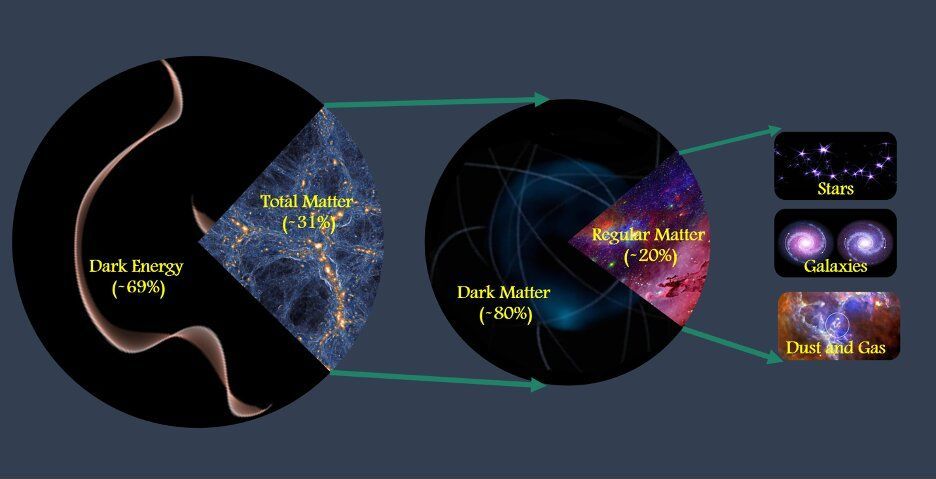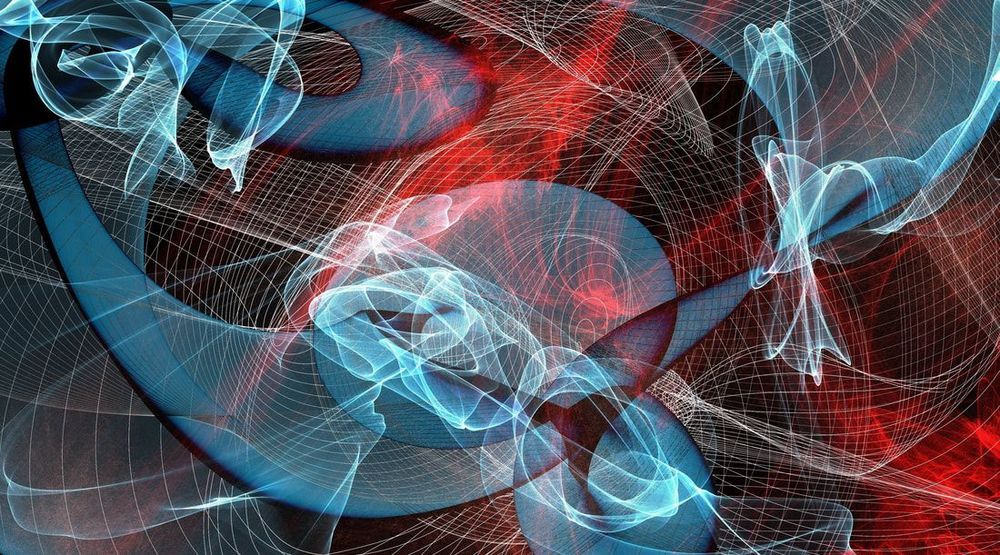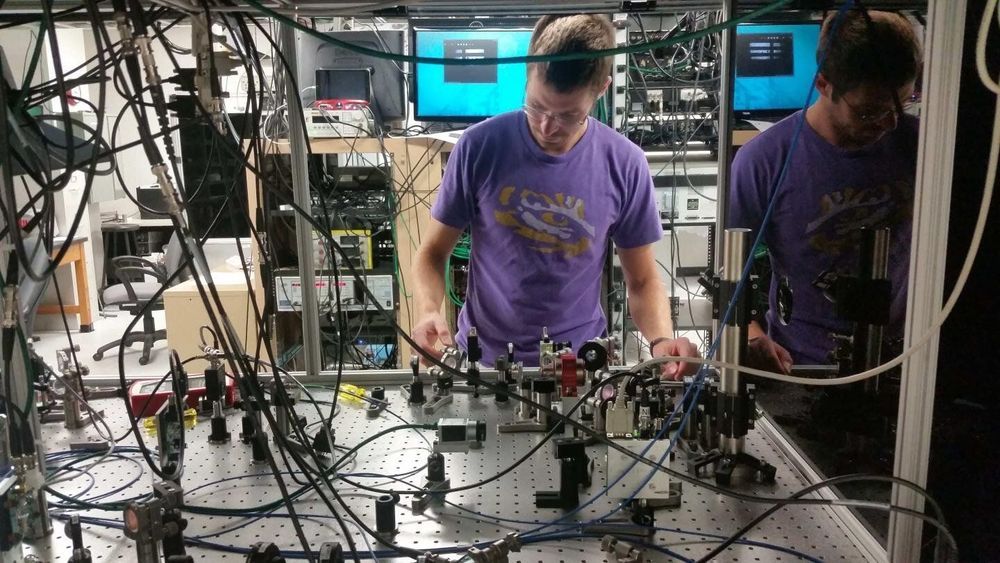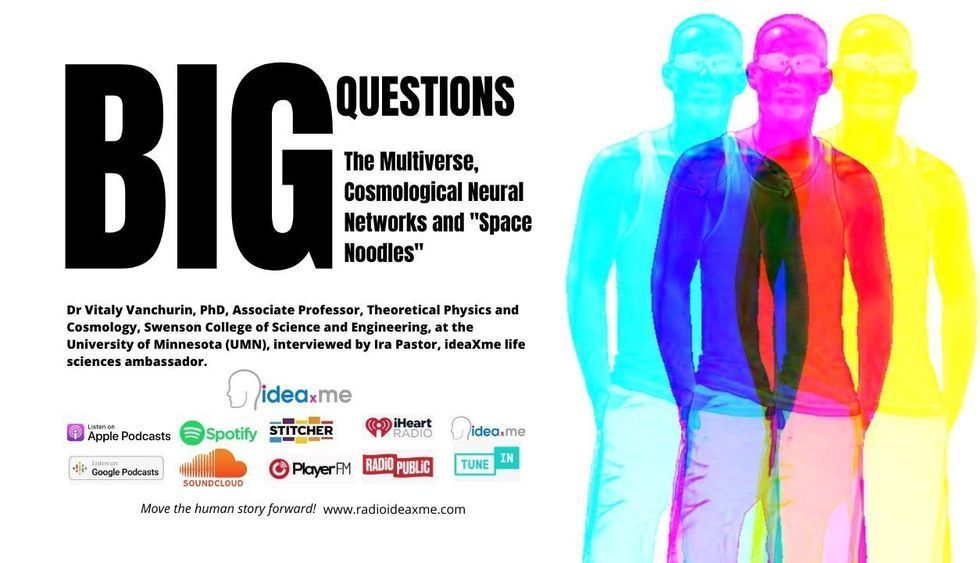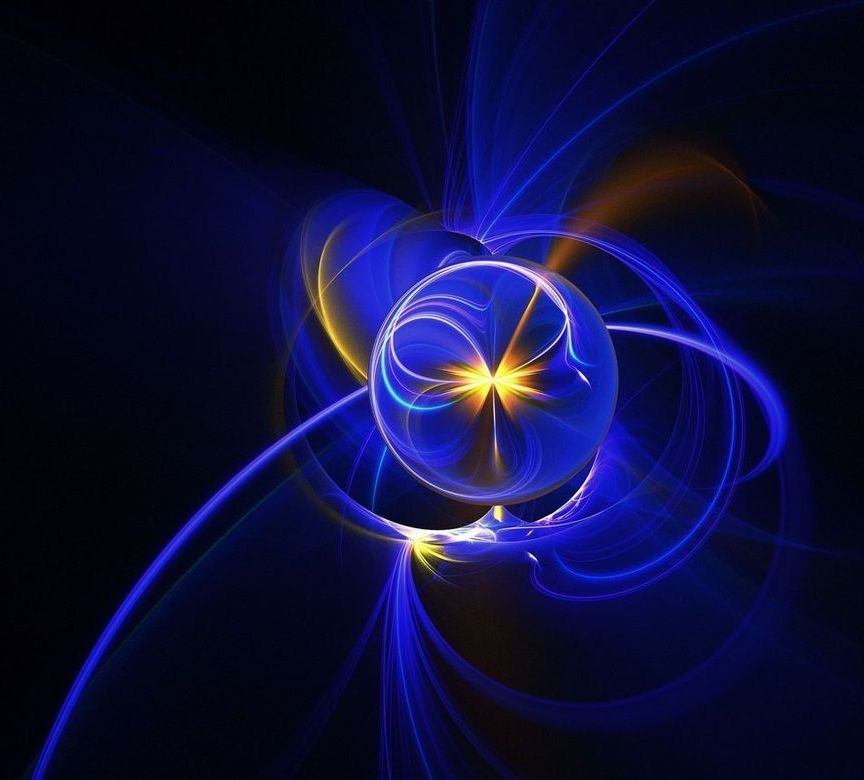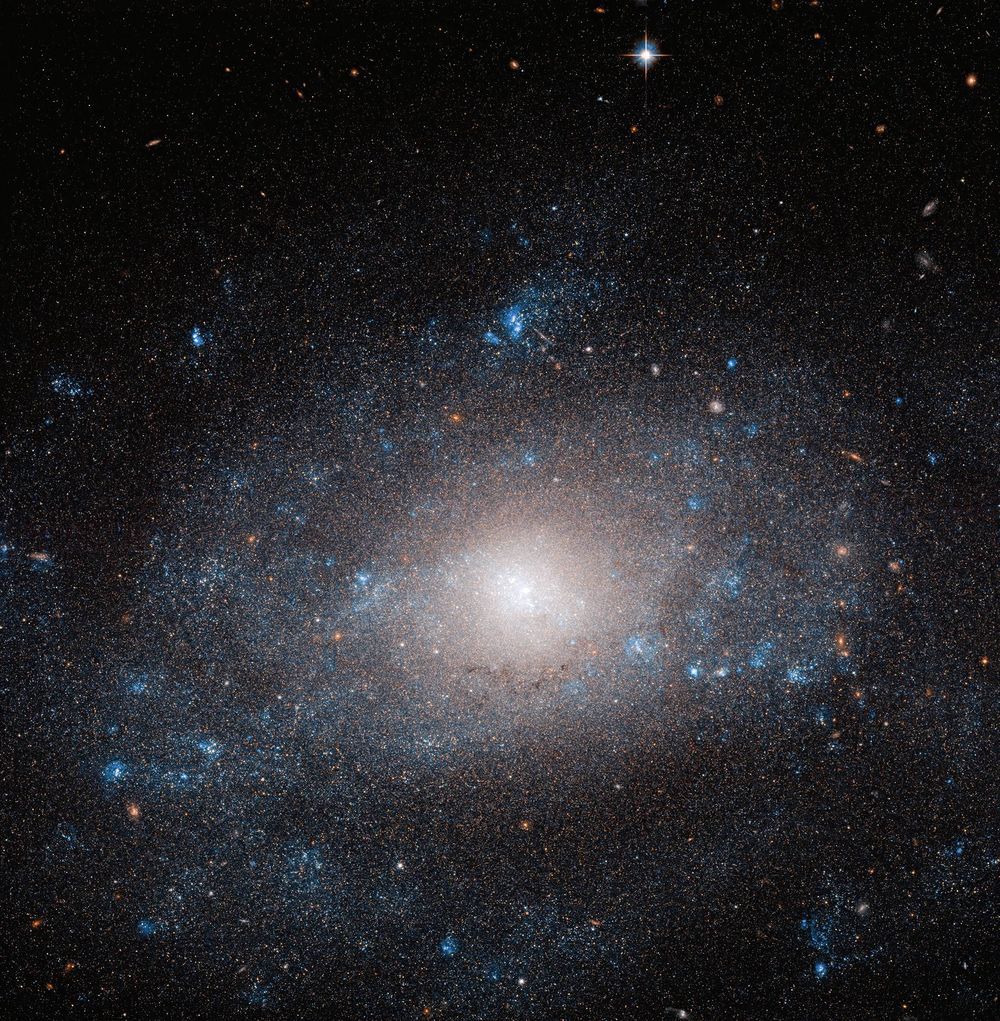A void is consuming Microsoft Flight Simulator.
Category: cosmology – Page 315
A top goal in cosmology is to precisely measure the total amount of matter in the universe, a daunting exercise for even the most mathematically proficient. A team led by scientists at the University of California, Riverside, has now done just that.
Reporting in the Astrophysical Journal, the team determined that matter makes up 31% of the total amount of matter and energy in the universe, with the remainder consisting of dark energy.
“To put that amount of matter in context, if all the matter in the universe were spread out evenly across space, it would correspond to an average mass density equal to only about six hydrogen atoms per cubic meter,” said first author Mohamed Abdullah, a graduate student in the UCR Department of Physics and Astronomy. “However, since we know 80% of matter is actually dark matter, in reality, most of this matter consists not of hydrogen atoms but rather of a type of matter which cosmologists don’t yet understand.”
#DigitalTheology #TheologyofDigitalPhysics #PhenomenalConsciousness #CosmicSelf #HolographicPrinciple #DigitalPhysics #theology #pantheism #consciousness
Since we live in a world which isn’t random, but organized at every level, a role for consciousness seems unavoidable. The ‘digital theologian’ shows us compelling evidence from quantum mechanics, mathematics and computer sciences, which not only aligns with a philosophical worldview of the Primacy of Consciousness, but which also assigns a role to information as its modus operandi.
It is quantum mechanics which appears to connect the Universe as a whole to consciousness. A whole, which is more than the sum of its parts and irreducible to mere assumptions deriving from the anatomizing dissection into mental confabulations. Drawing from the holographic principle, perceptroniums and noocentrism, Alex provides crucial keys to unlock the mystery of consciousness to show us how our local consciousness can arise from a non-local cosmic consciousness network.
Carefully building his fortress of arguments, Alex gathers his building bricks from various areas of scientific exploration, ranging from the role of language and tools in the development of our consciousness, the physics of time and epigenetics. Traditional Darwinism and reductive materialism become so challenged, that we become bound to agree with Terence McKenna’s statement that “object fetishism is completely bankrupt.” All these threads are then skillfully woven into the irresistible attractor and only logical conclusion, or Digital Pantheism and Omega Point Cosmology. And with this thus synthesized Apotheosis, Vikoulov brings the architecture of his chef-d’oeuvre to full fruition.
Gravitational wave detectors have opened a new window to the universe by measuring the ripples in spacetime produced by colliding black holes and neutron stars, but they are ultimately limited by quantum fluctuations induced by light reflecting off of mirrors. LSU Ph.D. physics alumnus Jonathan Cripe and his team of LSU researchers have conducted a new experiment with scientists from Caltech and Thorlabs to explore a way to cancel this quantum backaction and improve detector sensitivity.
In a new paper in Physical Review X, the investigators present a method for removing quantum backaction in a simplified system using a mirror the size of a human hair and show the motion of the mirror is reduced in agreement with theoretical predictions. The research was supported by the National Science Foundation.
Despite using 40-kilogram mirrors for detecting passing gravitational waves, quantum fluctuations of light disturb the position of the mirrors when the light is reflected. As gravitational wave detectors continue to grow more sensitive with incremental upgrades, this quantum backaction will become a fundamental limit to the detectors’ sensitivity, hampering their ability to extract astrophysical information from gravitational waves.
Last year, for the first time, the world gazed in collective wonder at an actual direct image of a black hole’s shadow.
Now, looking back at earlier, more rudimentary images, scientists have found evidence that the ring around M87 has a wobble that makes it look as though it’s glittering.
Last year’s history-making image was a feat of hard work that pushed our observation technology to the limits. It was the culmination of years of effort and planning — but the final image was put together from only one week’s worth of observations, taken in 2017.
Researchers have confirmed rumors of a black hole collision that challenges our ideas about how black holes form.
Does human consciousness exist separate from matter, or is it embodied in the body –a critical player in anything that has to do with mind? “We are not thinking machines that feel; rather, we are feeling machines that think.” answers neuroscientist Antonio Damasio, who pioneered the field of embodied consciousness –the bodily origins of our sense of self. “We may smile and the dog may wag the tail, but in essence,” he says. “we have a set program and those programs are similar across individuals in the species. There is no such thing as a disembodied mind.”
Consciousness is considered by leading scientists as the central unsolved mystery of the 21st Century: “I have a much easier time imagining how we understand the Big Bang than I have imagining how we can understand consciousness,” says Edward Witten, theoretical physicist at the Institute for Advanced Study in Princeton, New Jersey who has been compared to Isaac Newton and Einstein about the phenomena that has been described as assuming the role spacetime did before Einstein invented his theory of relativity.
Some scientists have asked how can we be sure that the source of consciousness lies within our bodies at all? One popular, if mystical, idea, writes astrophysicist Paul Davies in The Demon in the Machine, “is that flashes of mathematical inspiration can occur by the mathematician’s mind somehow ‘breaking through’ into a Platonic realm of mathematical forms and relationships that not only lies beyond the brain but beyond space and time altogether.”
Ira Pastor, ideaXme life sciences ambassador and founder of Bioquark interviews Dr Vitaly Vanchurin, PhD, Associate Professor, Theoretical Physics and Cosmology, Swenson College of Science and Engineering, at the University of Minnesota (UMN).
Dr Vanchurin’s big questions and the tools we need to answer them:
“What is the origin of our Universe? What determines our vacuum and the cosmological constant that is responsible for the observed accelerated expansion of space? What determines the onset of structure formation and the birth of galaxies in our Universe? Our innate curiosity about our beginnings has been, since time immemorial, and still is, at the heart of every human being. This age old question of our origin can now be addressed by applying the scientific method”.
Ira Pastor comments:
Today, we have a really exciting thought leader joining us on ideaXme who spends his time thinking about really BIG questions – Questions like: what is the origin of our Universe? What’s behind the cosmological constant (in Albert Einstein’s field equations of general relativity) that is responsible accelerated expansion of space? What determines the onset of structure formation and the birth of galaxies in our Universe? And many other fascinating topics.
Dr. Vitaly Vanchurin, is an Associate Professor, Theoretical Physics and Cosmology, Swenson College of Science and Engineering, at the University of Minnesota (UMN).
It prevents galaxies from flying apart.
Two experiments hunting for a whisper of a particle that prevents whole galaxies from flying apart recently published some contradictory results. One came up empty handed, while the other gives us every reason to keep on searching.
Dark bosons are dark matter candidates based on force-carrying particles that don’t really pack much force.
Resting on the tail of the Great Bear in the constellation of Ursa Major, lies NGC 5585, a spiral galaxy that is more than it appears.
The many stars, and dust and gas clouds that make up NGC 5585, shown here in this Hubble image, contribute only a small fraction of the total mass of the galaxy. As in many galaxies, this discrepancy can be explained by the abundant yet seemingly invisible presence of dark matter.
The stellar disc of the galaxy extends over 35,000 light-years across. When compared with galaxies of a similar shape and size, NGC 5585 stands out by having a notably different composition: Contributing to the total mass of the galaxy, it contains a far higher proportion of dark matter.

